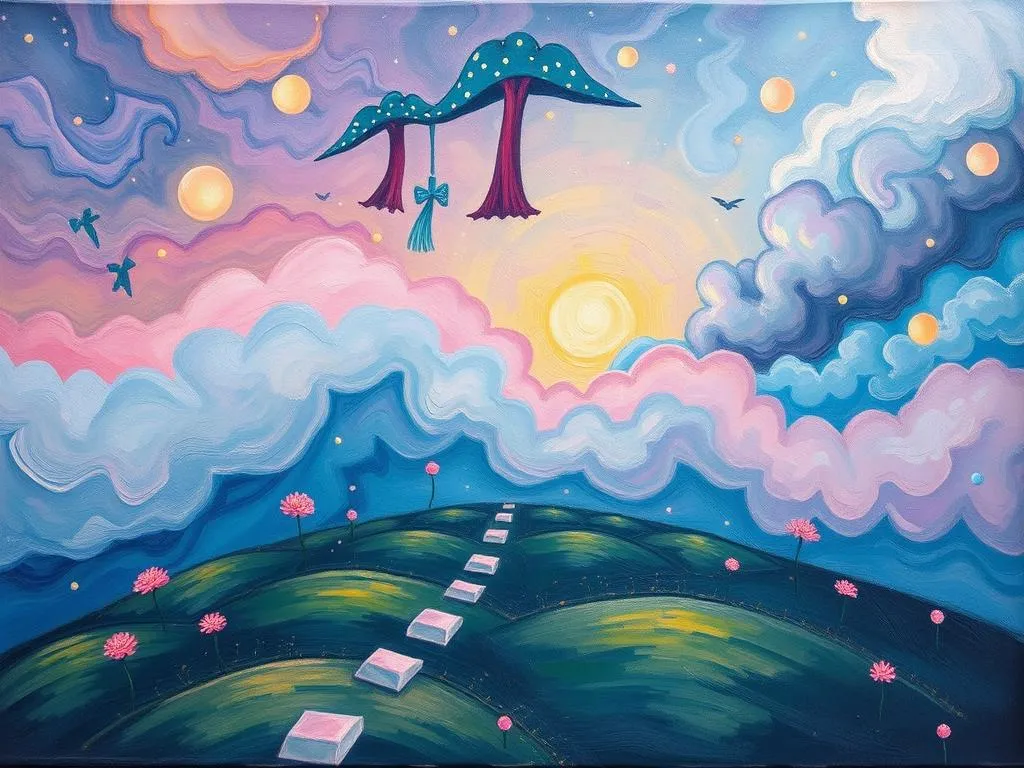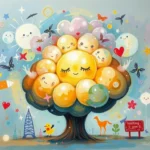
Dreams about the end of life can be both haunting and thought-provoking, often leaving a lasting impression on the dreamer. These dreams can evoke feelings of fear, sadness, or even relief, depending on the context. Exploring the meaning behind such dreams is essential, as they often reflect deep-seated emotions, fears, or transitions in the dreamer’s life. The relevance of these dreams lies in their capacity to prompt introspection and personal growth. In this article, we will delve into the symbolism and meanings associated with end of life dreams, examine various scenarios that might arise, and provide insights on how these dreams relate to real-life experiences.
Symbolism and Meaning
End of life dreams often symbolize significant changes or transformations. They can represent the conclusion of a particular phase in one’s life, a shift in perspective, or the need to confront unresolved issues. The symbolism of death in dreams does not always imply a literal end; rather, it frequently signifies the end of old habits, relationships, or ways of thinking.
When analyzing these dreams, it is essential to consider the context and feelings involved. For instance, dreaming of one’s death may indicate a desire for a fresh start or a need to let go of past grievances. Conversely, experiencing the death of a loved one in a dream can symbolize the dreamer’s feelings of loss, anxiety about change, or an unprocessed grief that needs attention.
Several recurring symbols often appear in end of life dreams. For example, darkness may represent the unknown aspects of life or fear of the future. Burials can indicate the need to bury old aspects of oneself, while funerals might signify a public acknowledgment of change. Gravestones, on the other hand, can serve as reminders of legacy and the marks we leave behind in life.
Another perspective involves the interpretation of rebirth or renewal. In many cultures, death is seen as a transition rather than an end. Therefore, an end of life dream might symbolize the potential for new beginnings or the opportunity to reinvent oneself. This transformative aspect can be empowering, encouraging the dreamer to embrace change rather than resist it.
In summary, the symbolism and meanings of end of life dreams can be multifaceted, often revealing underlying emotions and encouraging personal growth. By understanding these symbols, dreamers can gain insights into their lives and the changes they may need to confront.
Key Scenarios and Variations
End of life dreams can manifest in various forms, each carrying unique interpretations. For instance, dreaming about one’s own demise might evoke a different emotional response than dreaming about the death of a parent or child. The specific scenario not only influences the emotional weight of the dream but also the insights it can provide.
One common variation is dreaming of dying in an accident or through violence. Such scenarios may reflect feelings of chaos or lack of control in waking life. They could indicate that the dreamer is grappling with a situation that feels overwhelming or unpredictable. In this case, the dream serves as a wake-up call to address underlying issues that may be causing anxiety or distress.
Conversely, dreaming of a peaceful death can convey acceptance and tranquility. It may suggest that the dreamer is ready to let go of something that has been weighing heavily on them. This type of dream can signal a period of healing and closure, allowing the dreamer to move forward with a sense of peace.
Another scenario involves witnessing the death of a close friend or family member. This could reflect the dreamer’s internal struggles with loss, attachment, or fear of abandonment. Alternatively, it may symbolize the dreamer’s concern for the well-being of that individual, highlighting feelings of helplessness or the desire to protect them.
Additionally, variations can stem from the setting of the dream. For instance, a dream taking place in a familiar childhood home may evoke nostalgia and unresolved issues from the past, while a dream set in a hospital may indicate a focus on health or recovery. The surrounding environment plays a crucial role in shaping the dream’s meaning, offering further layers of interpretation.
In essence, the specific scenarios encountered in end of life dreams can drastically alter their interpretations. By examining these variations, dreamers can unlock deeper insights into their emotional states and life circumstances.
Real-Life Connections and Takeaways
Connecting end of life dreams to real-life situations can be an enlightening experience. For many, these dreams serve as mirrors reflecting unresolved issues, fears, or transitions that require attention. One of the most critical takeaways is to embrace the emotions stirred by such dreams rather than suppressing them. Feelings of fear, sadness, or relief can provide valuable clues about what needs to be addressed in waking life.
Self-reflection is an essential tool for understanding these dreams. Dreamers should consider their current life circumstances and any significant changes they may be experiencing. Are they facing a major life transition, such as a career change, relationship shift, or personal crisis? Reflecting on these changes can help the dreamer recognize the relevance of their dream experiences.
It may also be beneficial to journal about the dream, documenting feelings, symbols, and any insights gained. Writing can facilitate deeper understanding and allow the dreamer to process emotions effectively. By capturing their thoughts and feelings, individuals can identify patterns or recurring themes that may arise in their dreams, enhancing their ability to interpret future dreams.
Moreover, engaging in conversations with trusted friends or family members can provide additional perspectives. Sharing dream experiences can foster understanding and lead to meaningful discussions about life, change, and personal growth. Sometimes, others may offer insights that resonate and help illuminate the subconscious messages communicated through dreams.
Finally, practicing mindfulness and meditation can be beneficial for dreamers seeking to understand their end of life dreams more profoundly. These practices can help cultivate a sense of calm and clarity, allowing individuals to explore their emotions without judgment. By fostering a deeper connection with oneself, dreamers can navigate their feelings surrounding change, loss, or transformation more effectively.
In conclusion, dreams about the end of life can be powerful sources of insight, encouraging personal growth and reflection. By understanding the symbolism, recognizing variations, and connecting these dreams to real-life situations, individuals can gain a better understanding of their emotional landscapes. Embracing the complexities of these dreams can lead to healing, acceptance, and ultimately, a greater appreciation for life’s continual transformations.
As you reflect on your end of life dreams, consider what aspects of your life may need attention or change. What emotions arise within you? What unresolved issues are surfacing? The answers may guide you toward a deeper understanding of yourself and the path ahead. Remember, dreams are not merely fleeting thoughts but a gateway to your subconscious, urging you to explore and embrace your journey.







